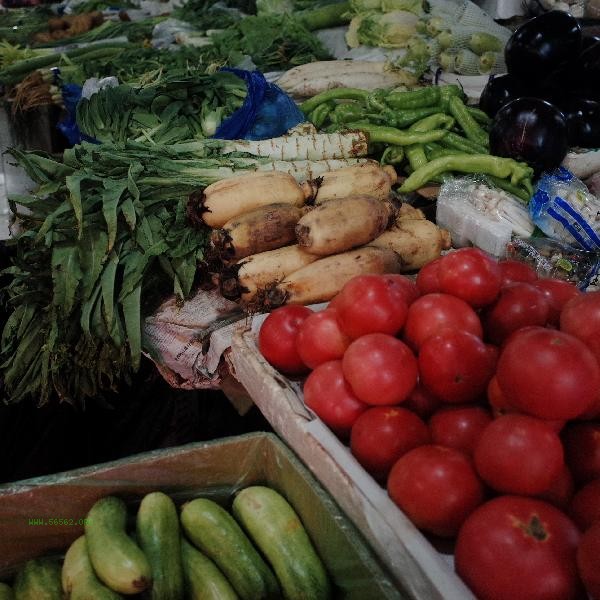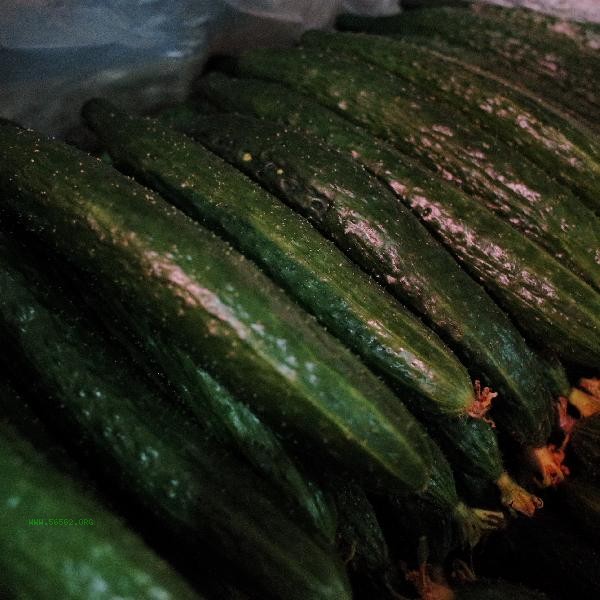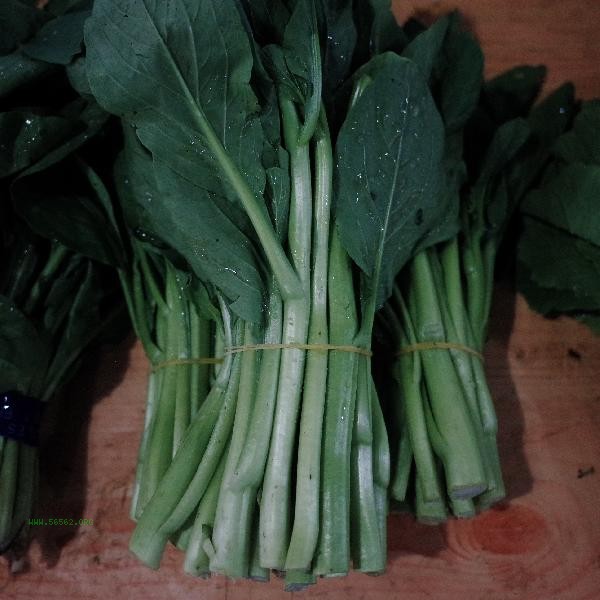The most nutritious way to cook vegetables is to stir fry them over high heat, steam them, or blanch them for a short period of time. High temperature short-term treatment can reduce the loss of water-soluble nutrients such as vitamin C and B vitamins, while preserving the natural color and taste of vegetables.

When stir frying over high heat, the oil temperature should be controlled at 160-180 degrees Celsius, and the stir frying time should not exceed 3 minutes. It is suitable for green leafy vegetables such as spinach and lettuce. When steaming, add vegetables after boiling water, cover and steam for 5-8 minutes. This method can retain more than 90% of antioxidant substances in root vegetables such as broccoli and carrots. When blanching, the amount of water should be sufficient, and a small amount of salt or oil should be added to the water. Boil the water for 1-2 minutes and immediately let it cool. This method is suitable for vegetables such as asparagus and beans that need to remove oxalic acid. Avoid prolonged stewing or repeated heating, leafy vegetables will lose more than 50% of their folate after 30 minutes of stewing. Microwave heating is also a good choice, heating at medium high heat for 2-5 minutes can maximize the retention of nutrients.

Some special ingredients require attention to cooking methods. Lycopene is more easily absorbed when heated with oil. It is recommended to stir fry tomatoes with a small amount of oil. Allicin has a high content in raw garlic, and it is more effective to cut it open and let it sit for 10 minutes before cooking it quickly. Vegetables rich in anthocyanins such as purple cabbage are suitable for cold mixing, and acidic environments can maintain their bright color. It is recommended to steam yam, taro and other rhizomes containing mucin protein separately to avoid direct boiling and protein dissolution. Bitter gourd, okra and other special flavored vegetables can be salted or soaked in ice water to reduce bitterness.

Choose fresh seasonal vegetables, wash and cut them fresh to avoid nutrient oxidation and loss. Eating different colored vegetables in combination can provide more comprehensive plant nutrients. It is recommended to consume 300-500 grams per day, with dark vegetables accounting for more than half. Consume as soon as possible after cooking, as cooked food stored for more than 4 hours shows significant loss of vitamins. Special people, such as those with weak gastrointestinal function, can cut vegetables or make vegetable purees. diabetes patients should pay attention to controlling the intake of high starch vegetables. Reasonable combination of healthy fats such as olive oil and nuts can help absorb fat soluble vitamins.








Comments (0)
Leave a Comment
No comments yet
Be the first to share your thoughts!